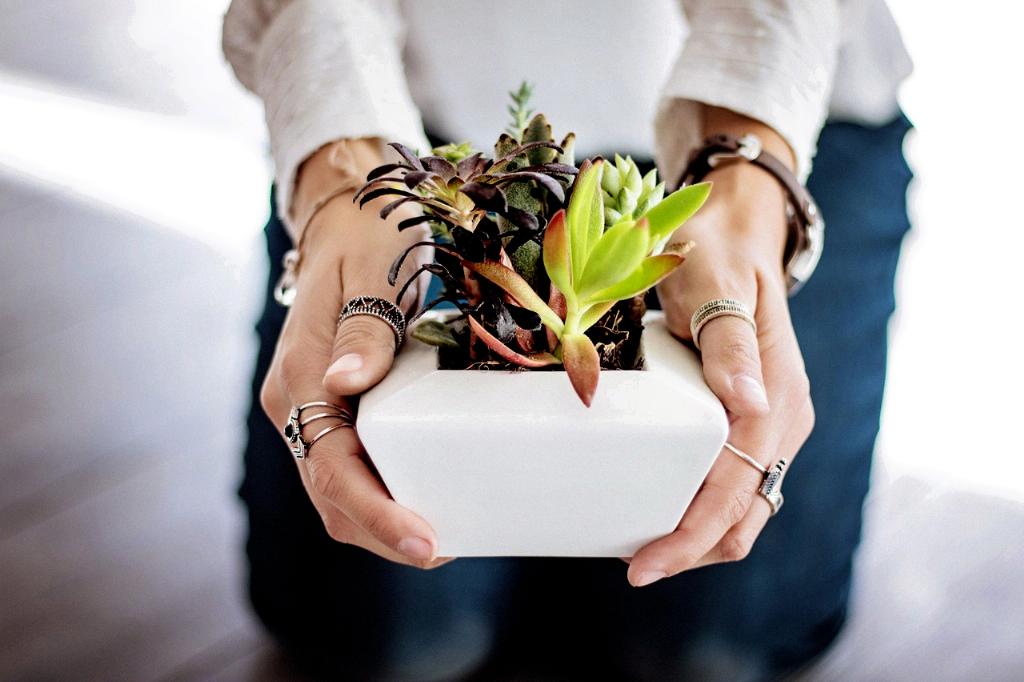Succulent plants are known for their unique beauty and low-maintenance nature, making them a popular choice for both seasoned gardeners and beginners. To ensure your succulents thrive and stay healthy, it’s essential to provide them with the right care and conditions. Here are some expert tips on how to care for your succulent plants:
1. Watering
One of the most common mistakes people make with succulents is overwatering. Succulents store water in their leaves, stems, or roots, so they are more tolerant of drought than excessive moisture. Water your succulents sparingly, allowing the soil to dry out completely between waterings.
2. Container Selection
When planting succulents, choose containers with drainage holes to prevent water from pooling at the bottom. Proper drainage is essential to prevent root rot and other water-related issues that can harm your plants.
3. Soil
Use a well-draining soil mix specifically designed for succulents and cacti. Good drainage is crucial for preventing waterlogged roots, which can lead to fungal diseases and plant decline.
4. Temperature
Succulents prefer warm temperatures but can also tolerate cooler conditions. Keep your succulents in an environment with temperatures above 50°F (10°C) to prevent cold damage.
5. Light Exposure
Place your succulents in a location with bright, indirect sunlight. Most succulents require ample light to maintain their vibrant colors and compact growth. If growing indoors, place them near a sunny window.
6. Seasonal Considerations
During the winter months, succulents enter a period of dormancy and require less water. Reduce watering frequency and allow the soil to dry out more between waterings during this time.
7. Outdoor Time
When weather conditions allow, give your succulents some outdoor time. Outdoor exposure can help enhance their growth and overall health, as long as they are protected from extreme weather conditions.
8. Fertilizing
Succulents have low nutritional requirements and can thrive without frequent fertilization. Use a balanced, water-soluble fertilizer diluted to half strength during the growing season to promote healthy growth.
9. Pruning and Grooming
Regular pruning and grooming can help your succulents maintain their shape and appearance. Remove dead leaves, flowers, or stems to promote new growth and prevent disease spread.
10. Pest Control
Keep an eye out for common pests such as mealybugs, aphids, and spider mites that can infest succulents. Treat infestations promptly with insecticidal soap or neem oil to protect your plants.
11. Monitoring Growth
Observe your succulents regularly for signs of stress, disease, or pests. Early detection can help you address issues promptly and prevent them from spreading to other plants.

12. Enjoying Your Succulents
Finally, take the time to appreciate the beauty and uniqueness of your succulent plants. Experiment with different varieties, arrangements, and care techniques to find what works best for your growing environment.
